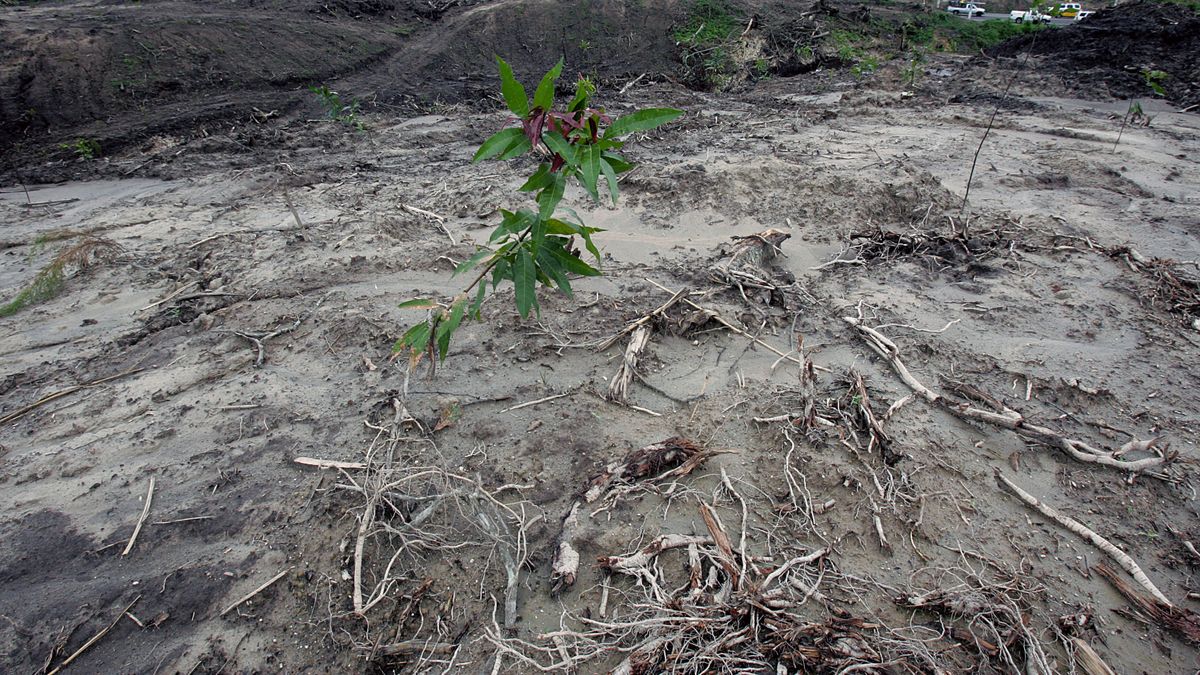He climate change is projected as one of the main causes of the collapse of the Gross Domestic Product (GDP) of Latin America and the countries of the region -Uruguay included—in the coming decades, if progress is not made with adequate policies that seek to reduce and reverse the damage caused to the environment.
Failure to address the climate crisis with the necessary seriousness and initiative could cost Latin America a fifth of its economic output by the end of the 21st century, according to a report by Moody’s Analytics Inc. released by Bloomberg. Floods and hurricanes, exacerbated in frequency, quantity and intensity by the change in climatic conditions, would be the main culprits; but other climatic phenomena such as, for example, the droughts, they would also wreak havoc in the region.
According to the study, and from economic simulations carried out by the company that carried out the same, not applying policies based on reducing the deterioration of ecosystems would lead the region to lose a 6% of its GDP by 2050, and almost 20% by 2100.
If the governments of Latin America “do not act by implementing measures and policies to help reduce climate deterioration, the region will suffer further destruction of its productive capacity and a severe financial burden,” he said. Alfredo Coutinho, director of Moody’s Analytics in Latin America, in this regard.
What is the outlook for Uruguay?
Uruguay is currently going through the worst drought of the last century, which has already accumulated millions of dollars in losses production and exports, and increased expenses and costs to sustain the supply of fundamental services such as drinking water and energy. Therefore, for the country, it is not difficult to believe that its GDP could be seriously affected in the coming decades, when this year a 3% drop due to water deficit.
According to the Moody’s Analytics report, the impact on Uruguay of continuing solely with the current policies against climate change, would be a loss of its productive capacity by 2100 of the 14% of GDP.
Instead, in case of applying late policies, aimed at reducing the effects of phenomena that are already occurring or about to occur, the negative impact would be 5%. The best possible scenario is the one that contemplates the application of early Policies, of prevention, in which the loss of GDP would only be 3.7%.
It should be noted that Uruguay uses renewable energy to cover 95% of the demand in the national territory —with hydroelectric dams producing most of that electricity—; and that, currently, it is heading towards a second energy transition at the hands of the green hydrogen.
Likewise, of the countries surveyed in the Moody’s Analytics study—Uruguay, Argentina, Chile, Peru, Brazil, Mexico, Colombia and Venezuela-, the country is the fourth in level of affectation, behind Chile, Peru and Argentina. Venezuela would be the country most affected in its productive capacity by the effects of the climate crisis. Of the Mercosur, Brazil would be the one that takes the worst part.
Source: Ambito




